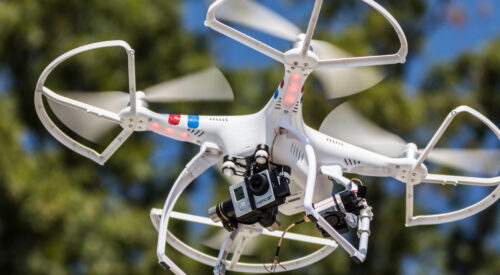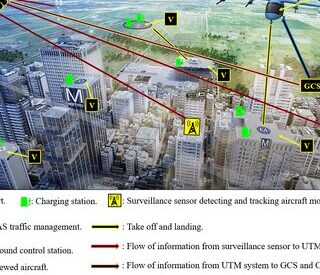Featured
Who Wants to Fly in an eVTOL, Where, and When? The answer may surprise you.
Using metropolitan Milan, Italy as the subject of their January 2025 study to forecast demand for urban air mobility (UAM), Pierluigi Coppola, Francesco De Fabiis, and Fulvio Silvestri, researchers in the Department of Mechanical Engineering at the Politecnico di Milano queried more than 2,100 Milaneses. The travel mode choice models factored in individuals’ perceptions of…
Urban Air Mobility May Require a Complete Rethink of How We Design Airspace
Much of the airspace design concepts being considered for urban air mobility (UAM) today are considered as abstract networks emphasizing safety and capacity. That’s a good thing – as far as it goes – according to Aleksandar Bauranov, a consultant with the Boston Consulting Group and Dr. Jasenka Rakas, a Continuing Lecturer of Civil and…
It Takes Two to Advance Advanced Air Mobility
The role of digital twins in certifying AAM systems
A team of researchers from the U.S.’s Purdue University and the U.K.’s Coventry University recently published a study wherein they propose creating a digital twin for various aspects of the emerging advanced air mobility (AAM) ecosystem well under development today. Designers from Purdue’s Human Factors team CAE (computer-aided engineering) team and subject matter experts (SMEs)…
Is UAM Better Together? The Potential and Promise of Ridesharing
NASA and Purdue University Associates Unveil PANVEL
While no one knows yet exactly how much an urban air mobility (UAM) eEVTOL air taxi ride will cost per mile, chances are the initial trips won’t be cheap. And, not cheap doesn’t bode well for rapid adoption by the traveling public. But… if a cohort of passengers want to travel from the same origin-destination…
Not Just Advanced Air Mobility, But Seamless Air Mobility
NASA engineers a solution to provide AAM for all
From a horse to a chariot, wagons to trains, cars to buses and airplanes, our transportation systems have evolved over millennia but rarely with any thought given to how we, as passengers, must navigate any or several of these systems to get us from Point A to Point B. NASA engineers and specialists Husni Idris,…
Is Your Country Ready for Urban Air Mobility?
A Mobility as a Service Index Aims to Tell You How You Can Tell
Aviation engineers, manufacturers, urban planners, vertiport builders and operators, and regulators are rapidly approaching the day when eVTOLs will take to the skies, passengers in tow, ready to taxi them from airports to city centers and back or from a city’s south side to its north or the suburbs surrounding a metropolis. But, one key…






